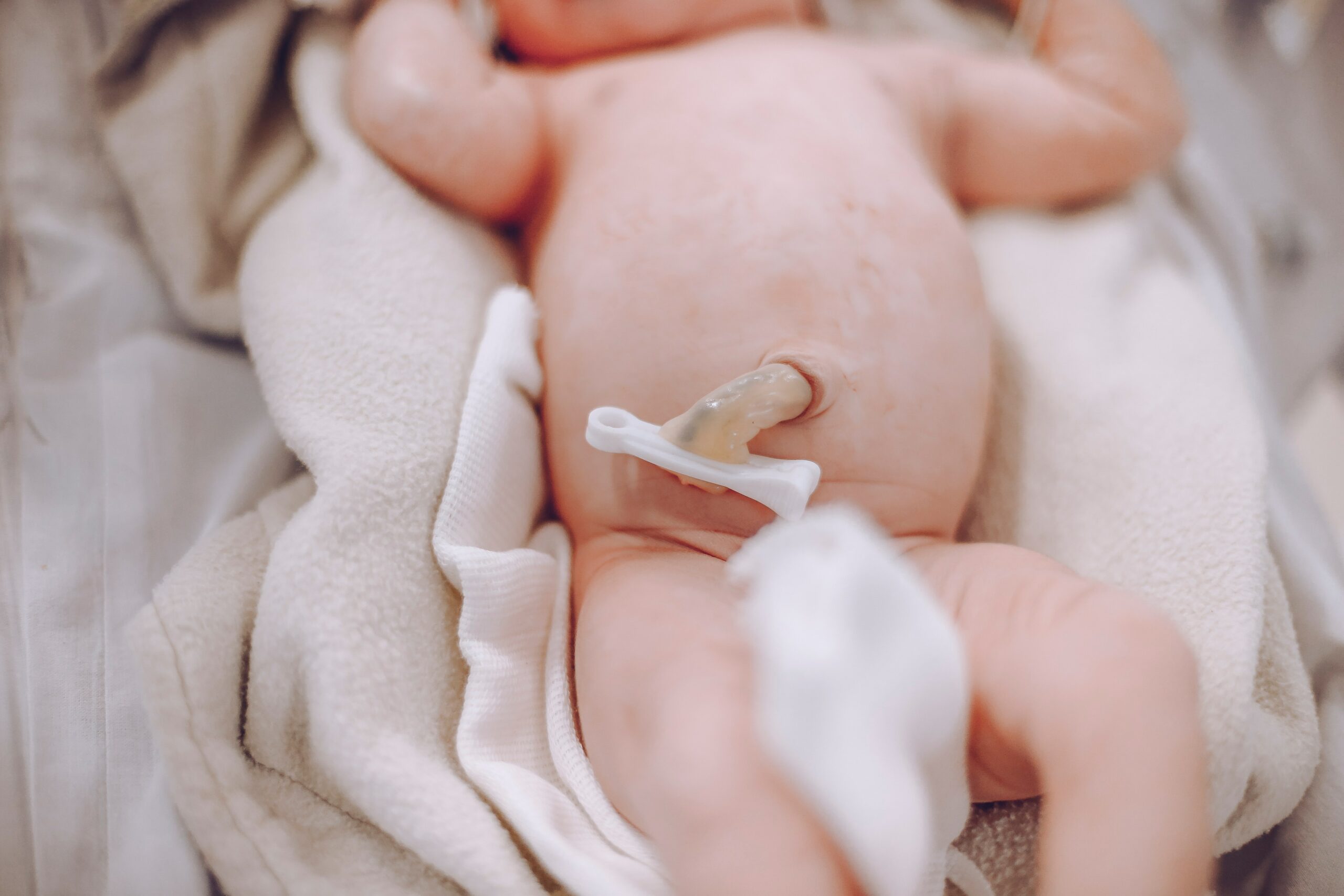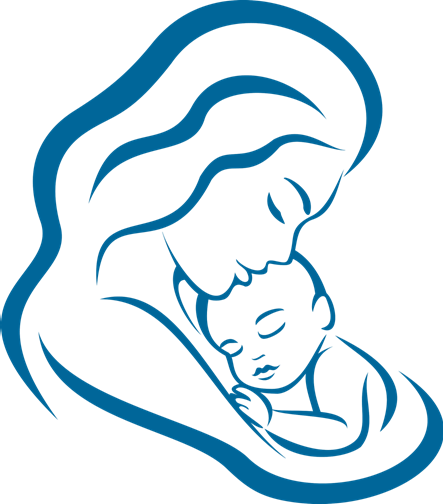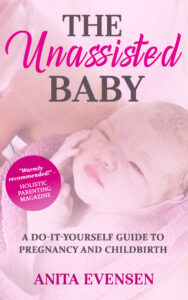Postpartum & Newborn Care
You’ve researched everything about labor and childbirth, and you feel ready for the big event.
But have you looked into what happens afterwards?
- What are you supposed to do with the umbilical cord?
- How do you perform a newborn exam?
- How do you get a birth certificate for your baby?
As your baby grows, you’ll have even more questions. How do you swaddle a baby? Should you co-sleep?
There’s no single right way to raise a baby, but since you plan to give birth peacefully at home, you may be interested in learning more about attachment parenting principles.
If you’re a fan of unassisted childbirth, you probably also lean more towards gentle parenting concepts that don’t involve putting your baby to sleep in a crib in a separate room.
What to Do with the Umbilical Cord
When you hire a midwife or a doctor to be your birth attendant, you probably don’t ever wonder what happens to the placenta or the umbilical cord. But if you take your birth into your own hands, then the question is very legitimate.
Surprisingly enough, even women who have given birth before have very little recollection of what happened with the cord and the placenta. At the hospital, you probably didn’t even get to look at for very long or at all.
That taking care of the umbilical cord is easy. In fact, you have several options.
What’s Delayed Cord Clamping?
Whichever option you choose for severing the cord, it’s really important to wait to do so. The umbilical cord will pulsate quickly when the baby is born. However, after some time, it will turn white and limp.
By then, your baby has retrieved all the blood it needs from the placenta. Cutting the cord too quickly will deprive your newborn of too much blood. That’s why it’s so important to delay cord clamping.
You can wait until you birth the placenta before you get the scissors. But you can actually wait indefinitely until the cord falls off by itself, too.

What’s a Lotus Birth?
Some women chose a Lotus birth for their baby. This means never cutting the cord at all. Instead, you keep the placenta close to your baby for a few days, until the cord falls off by itself. You can also choose a short Lotus birth, in which the cord is severed between four to six hours after the birth.
If you’re interested in a Lotus birth, the next step is to research on what to do with the placenta. But ideally, you’ll be spending the first week after birth in bed with your baby anyway, and the placenta can just stay wrapped up beside the two of you.
How to Cut the Umbilical Cord
If you’d rather cut the cord than wait for it to fall off, there are a few different options to do so. You can use scissors, a knife, umbilical cord scissors, or a candle to sever the cord. If you’re cutting the cord, sterilize the instrument of choice beforehand.
Since cutting the cord doesn’t have to be done quickly, you can take all the time in the world to do so. Once you sever the cord, you have a few choices on how to tie it:
- umbilical cord clamp
- umbilical cord ring
- dental floss or tape
- string
If you wait long enough (and I recommend you do), there shouldn’t be much blood. The placenta will be limp and white and you can skip clamping it altogether.
Most people advise against dental floss and recommend dental tape instead. Umbilical cord clamps are also easy to use, and umbilical cord rings usually come with instructions for those who purchase them.
What Is Umbilical Cord Burning?
Another way to tackle the problem of the umbilical cord is to hold a cord burning. It’s exactly what it sounds like: Instead of cutting the cord, some people burn it.
Fire is actually a natural way to cauterize the umbilical cord. And in areas where it’s impossible to find sterilized scissors, burning the cord is definitely preferable to trying to smash it with a rock.
That being said, modern mothers find burning the cord to be a calming ritual. Burning the cord can be done safely as long as there are enough people to help with the process. Obviously, you don’t want to burn either the baby or the mother. Nor do you want to set the room on fire.
How to Examine Your Newborn Baby at Birth
Doctors and midwives usually assign an Apgar score to newborn babies one and five minutes after they are born. The Apgar score measures heart rate, respiratory effort, muscle tone, reflexes, and color of the newborn baby.
Each area is scored with 0, 1, or 2 points. The total number of potential points is 10, and most healthy newborns score between 8 and 10.
When you examine your baby after an unassisted birth at home, you don’t have to assign a score. The Apgar scoring system is just a way to determine quickly if a newborn needs medical attention. But it’s not a bad idea to pay attention to the five areas to set your mind at rest.

Respiratory Effort
You can easily examine the respiratory effort of your baby while you’re holding him or her. In fact, this is one of the first signs you’re looking for after birth. Obviously, your baby needs to breathe.
While not all newborn babies cry, a crying baby certainly shows that he or she is breathing. But your baby may just lie there quietly without having difficulties breathing. In this case, you can observe the movement of your baby’s chest.
If your baby is not breathing at all, then that is a cause for concern. You need to act fast because humans cannot survive long without oxygen. In fact, your baby should breathe on his or her own within the first minute of being born.
Color
When observing the color of your baby, doctors and midwives are not talking about the skin color. Rather, they want to make sure that your baby’s skin turns red or pink. If your baby is blue or gray all over, then he or she is not getting enough oxygen.
Ethnicity plays a role here. White babies typically look blue and then turn pink as they breathe in oxygen. Dark-skinned babies may appear gray at birth and gradually look darker.
This means you’ll probably also observe poor respiratory effort. If your baby’s hands and feet are still blue or gray, that’s still okay as long as his or her body is pink or red. However, it shouldn’t take long for hands and feet to turn pink as well. Your newborn would score a 2 in this area if he or she was pink all over.
Heart Rate
Your newborn baby’s heart rate should be above 100 beats per minute. You can check the heart rate by finding the pulse on your baby’s upper arm or by putting your ear next to your baby’s chest.
While there’s nothing wrong with checking your baby’s heart rate, it’s probably not as helpful as observing your baby’s respiratory effort and color. Detecting and accurately measuring your baby’s heart rate might not be difficult, but for a new parent, it’s not the easiest thing to do, either. It also takes more time than observing your newborn for other signs and prevents you from reacting quickly when necessary.
Muscle Tone
As you’re observing your baby, you’ll notice that he or she is actively flexing his legs and arms. This is a sign of good muscle tone and just what you want to observe. If your baby is listless and not flexing his arms or legs, then there might be something wrong with him or her.
Reflexes
Finally, to assign an Apgar score, the doctor or midwife will look for signs of reflexes or irritability. In order to score well in this area, your baby will offer a good cry, and most babies are happy to comply here.
However, that doesn’t mean that your baby has to cry at birth. But your baby will probably show some reaction to being born, even if it’s just a grimace.
What’s Important
The most important thing for you to check is that your baby is breathing. You can perform a more thorough examination soon where you’ll count all the fingers and toes etc. Immediately after birth, the first priority is to ensure that your baby is getting enough oxygen. The best indicators for that are seeing the baby breathe (or cry) and watching his or her skin turn pink or darken all over.
Do You Need More Information about Postpartum & Newborn Care?
The Unassisted Baby includes a thorough overview of how to examine your newborn, what to expect postpartum, and information about caring for yourself and your new baby after your unassisted childbirth.

